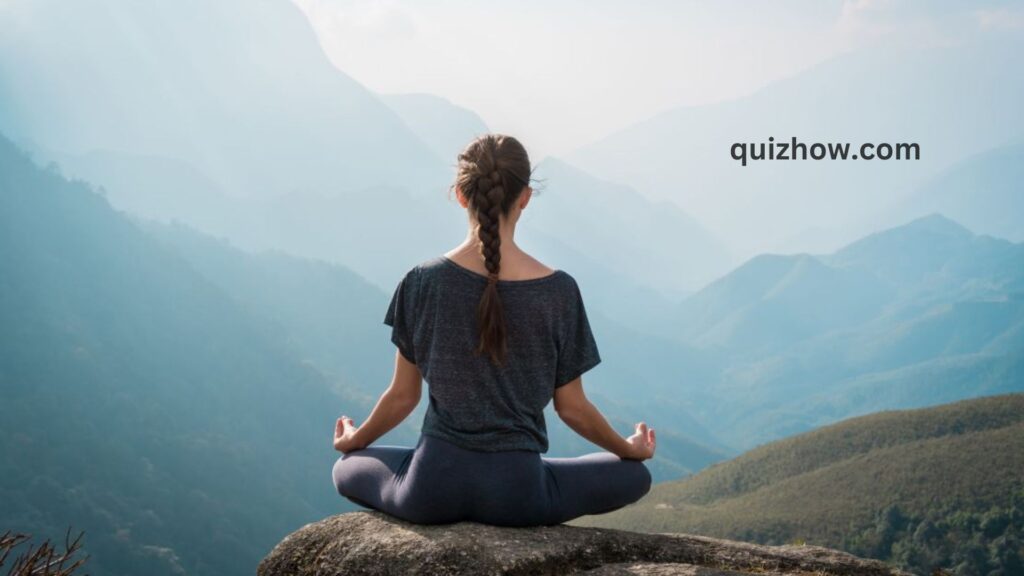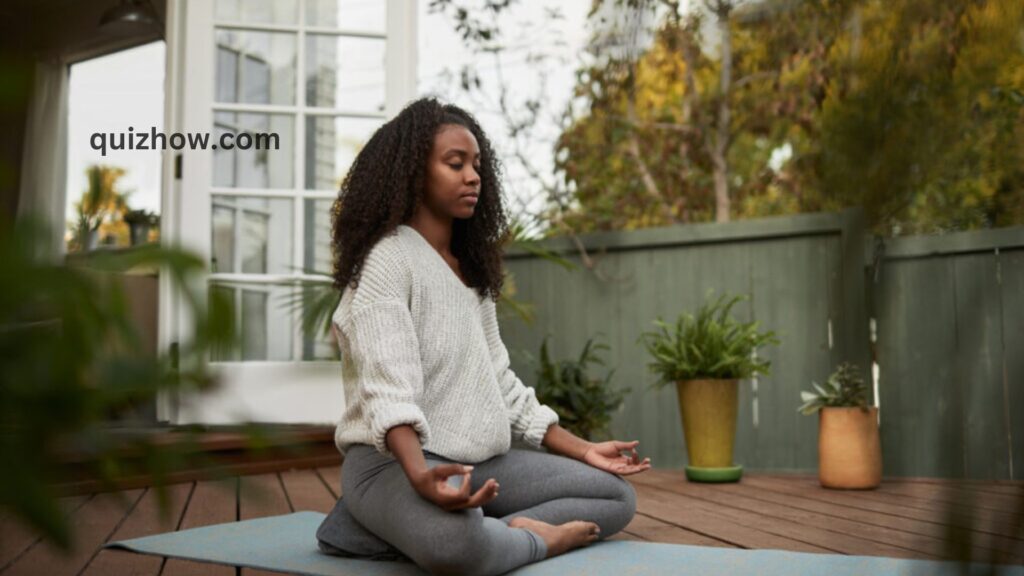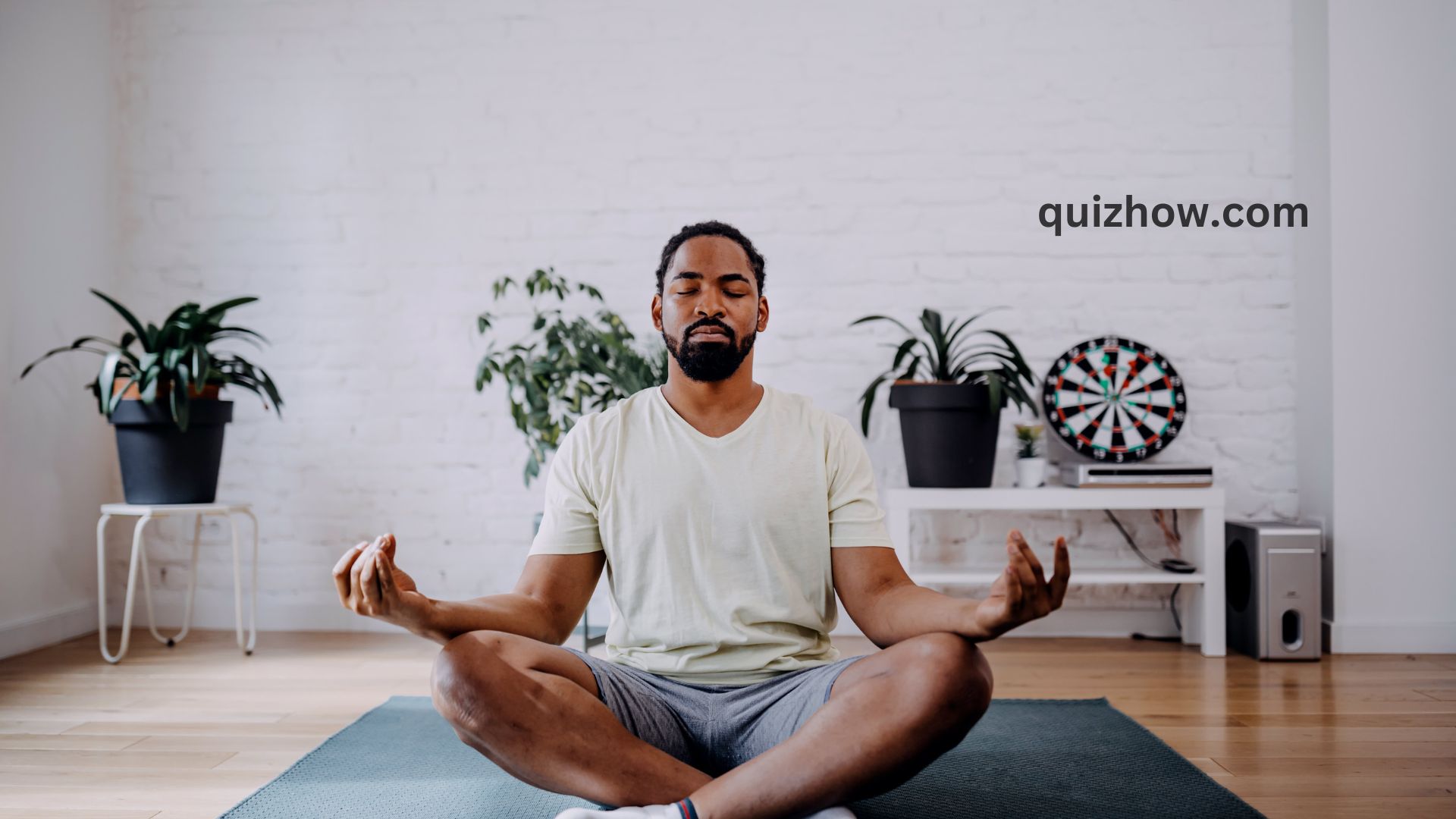If stress has you feeling anxious, tense, or worried, meditation might help. Just a few minutes of meditation can bring back your calm and inner peace.
Meditation is easy, and anyone can do it. It doesn’t cost anything, and you don’t need any special gear.
You can meditate anywhere—while walking, riding the bus, waiting at the doctor’s office, or even in the middle of a meeting.
Understanding meditation
Meditation has been practiced for thousands of years. Originally, it was used to deepen understanding of life’s sacred and mystical aspects. Today, most people meditate to relax and reduce stress.

Meditation is a way to connect the mind and body, helping you unwind and calm your thoughts.
When you meditate, you focus on one thing, clearing away the jumble of thoughts that might be stressing you out. This can improve both your physical and emotional well-being.
Benefits of meditation
Meditation can bring you a sense of calm, peace, and balance that benefits both your emotional well-being and overall health. It’s a great way to relax and manage stress by focusing on something soothing. Meditation helps you stay centered and maintain inner peace.
The benefits of meditation don’t stop when your session ends. It can help you move through your day more calmly and may even help manage symptoms of certain medical conditions.
Meditation and Well-Being
When you meditate, you clear away the daily information overload that contributes to stress. The emotional and physical benefits of meditation can include:
- A new perspective on stressful situations.
- Improved stress management skills.
- Increased self-awareness.
- Staying focused on the present moment.
- Reducing negative emotions.
- Boosting creativity.
- Building patience.
- Lowering your resting heart rate and blood pressure.
- Improving sleep quality.
Meditation and Health
Meditation might also help if you have a medical condition, especially one that stress can worsen. While there’s a lot of research supporting the health benefits of meditation, some experts believe more evidence is needed to prove its effectiveness.
That said, some studies suggest meditation may help manage symptoms of conditions like:
- Anxiety
- Asthma
- Cancer
- Chronic pain
- Depression
- Heart disease
- High blood pressure
- Irritable bowel syndrome
- Sleep problems
- Tension headaches
It’s important to talk to your healthcare provider about the pros and cons of using meditation, especially if you have any of these or other health conditions. In some cases, meditation could make symptoms worse, particularly with certain mental health issues.
Meditation isn’t a replacement for medical treatment, but it can be a helpful addition to other therapies.
Types of meditation
Meditation is a broad term that covers different methods of reaching a relaxed state. There are many types of meditation, all aiming to help you find inner peace.

Here are some popular ways to meditate:
- Guided Meditation: Also known as guided imagery or visualization, this method involves creating mental images of peaceful places or things. You try to engage all your senses—smell, sight, sound, and touch—to help you relax. A guide or teacher usually leads you through the process.
- Mantra Meditation: In this type, you repeat a calming word, thought, or phrase to keep distracting thoughts away.
- Mindfulness Meditation: This practice is all about being present in the moment. You focus on something specific, like your breathing, and allow yourself to observe your thoughts and feelings without judgment.
- Qigong: A part of traditional Chinese medicine, Qigong combines meditation, relaxation, movement, and breathing exercises to restore and maintain balance.
- Tai Chi: This is a gentle form of Chinese martial arts. Tai Chi involves performing a series of slow, graceful movements paired with deep breathing.
- Yoga: In yoga, you perform a series of postures while practicing controlled breathing. This not only helps improve your flexibility but also calms your mind. The balance and focus required during the poses help shift your attention away from daily stress and toward the present moment.
Parts of meditation
Each type of meditation has certain features that can help you get the most out of the experience. These can vary depending on who’s guiding or teaching you, but some common elements include:
- Focused Attention: One of the key parts of meditation is focusing your attention. This helps clear your mind from the stress and worries of daily life. You can focus on an object, an image, a mantra, or simply your breathing.
- Relaxed Breathing: This involves deep, steady breathing using your diaphragm—the muscle between your chest and belly. The goal is to slow your breathing, take in more oxygen, and reduce the use of your shoulder, neck, and upper chest muscles.
- Quiet Setting: If you’re new to meditation, it’s easier to start in a quiet place where there are fewer distractions. As you get better at it, you might find that you can meditate anywhere, even in stressful situations like a traffic jam or a busy meeting.
- Comfortable Position: Whether you’re sitting, lying down, walking, or doing another activity, find a position that’s comfortable so you can fully relax. Good posture is also important to get the most out of your meditation.
- Open Attitude: Let thoughts come and go without judging them. This helps you stay relaxed and focused during your meditation.

Also Read: 5 Best Home Remedies for Immunity
Everyday ways to practice meditation
Don’t stress about meditating the “right” way. If you want, you can join meditation centers or group classes with trained instructors. But you can also meditate easily on your own. There are plenty of apps to help, too.

Meditation can be as formal or casual as you like. Some people make it a daily habit, starting and ending their day with an hour of meditation. But really, just a few minutes a day can make a difference.
Here are some simple ways to practice meditation on your own, whenever it suits you:
- Breathe Deeply: This is great for beginners since breathing is natural. Focus on your breath—feel it, listen to it as you inhale and exhale through your nose. If your mind starts to wander, gently bring your attention back to your breathing.
- Body Scan: Focus on each part of your body, noticing how it feels—whether it’s pain, tension, warmth, or relaxation. Combine this with deep breathing, imagining warmth or relaxation flowing into each part of your body.
- Repeat a Mantra: Create your own mantra—it can be religious or not. Some examples include the Jesus Prayer in Christianity, the holy name of God in Judaism, or the “om” mantra in Hinduism and Buddhism.
- Walk and Meditate: Walking meditation is a healthy way to relax. Whether you’re in a forest, on a city sidewalk, or at the mall, slow your pace and focus on the movement of your legs and feet. Don’t worry about your destination. Repeat words like “lifting,” “moving,” and “placing” as you walk, and pay attention to the sights, sounds, and smells around you.
- Pray: Prayer is a common form of meditation. You can pray in your own words or use prayers from your faith tradition. You can find examples in self-help books or ask your spiritual leader for resources.
- Read and Reflect: Some people find comfort in reading poems or sacred texts and taking time to reflect on their meaning. You can also listen to music that inspires or relaxes you, write your thoughts in a journal, or discuss them with a friend or spiritual guide.
- Focus on Love and Kindness: In this type of meditation, think about others with feelings of love, compassion, and kindness. This can help you feel more connected to the people around you.
Building your meditation skills
Don’t stress about how you meditate—it’s all about practice, not perfection.
It’s completely normal for your mind to wander during meditation, no matter how long you’ve been at it. If you notice your thoughts drifting, just gently bring your focus back to whatever you’re meditating on.
Experiment with different meditation techniques to find what works best for you and what you enjoy. Adjust your practice as you go along. Remember, there’s no right or wrong way to meditate. What matters most is that it helps you reduce stress and feel better.

Discover more from QuizHow
Subscribe to get the latest posts sent to your email.


1 thought on “Starting Meditation for Stress Relief”